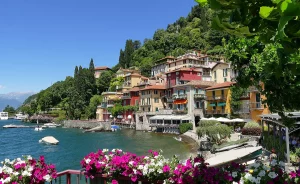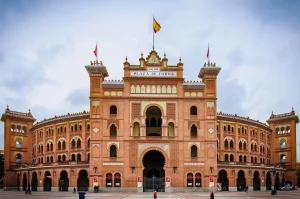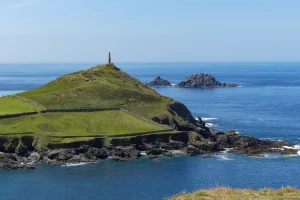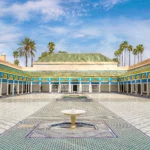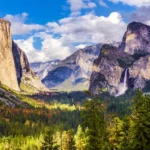The Andalusian region is not only famous for the sunny beaches of the Costa del Sol or the sumptuous palaces of the Alcazar in Seville and the Alhambra in Granada. Andalusia attracts visitors for its small white villages scattered in the hinterland, by the sea, or perched on a cliffside.
On the road to the white villages
Between Cadiz and Malaga, the Andalusian hinterland reveals its most beautiful white villages. The “pueblos blancos”, the whitewashed houses typical of the Andalusian region, are one of the reasons to travel to southern Spain.
These small, peaceful villages, with their charming steep streets and balconies that bloom in the spring, offer a wonderful journey back in time. Here, we enter rural Spain, authentic, where we can still see the traces of an Arab-Moorish past.
Why are the houses white?
But before we tell you which are the most beautiful white villages to discover during a stay in Andalusia, we must explain to you why the houses are covered with whitewash. Originally, houses were covered with whitewash for one main reason: the calcium oxide present in quicklime has antibacterial properties, repelling bacteria and therefore diseases.
Between the 16th and 19th centuries, houses were whitewashed to ward off epidemics of plague, cholera, and yellow fever.
Then the tradition continued, and to give coherence to the whole of the villages which have become very touristy, it is even required in the town planning rules to respect this immaculate white to repaint the houses.
What are the most beautiful white villages not to be missed?
It is impossible to list all the white villages in southern Spain. The most famous ones are around Ronda, northwest of Marbella. But there are also beautiful ones in the area north and east of Cadiz, as well as a few kilometers from Malaga and the Costa del Sol.
To guide you here is our selection of the most beautiful and interesting white villages.
1- Ronda
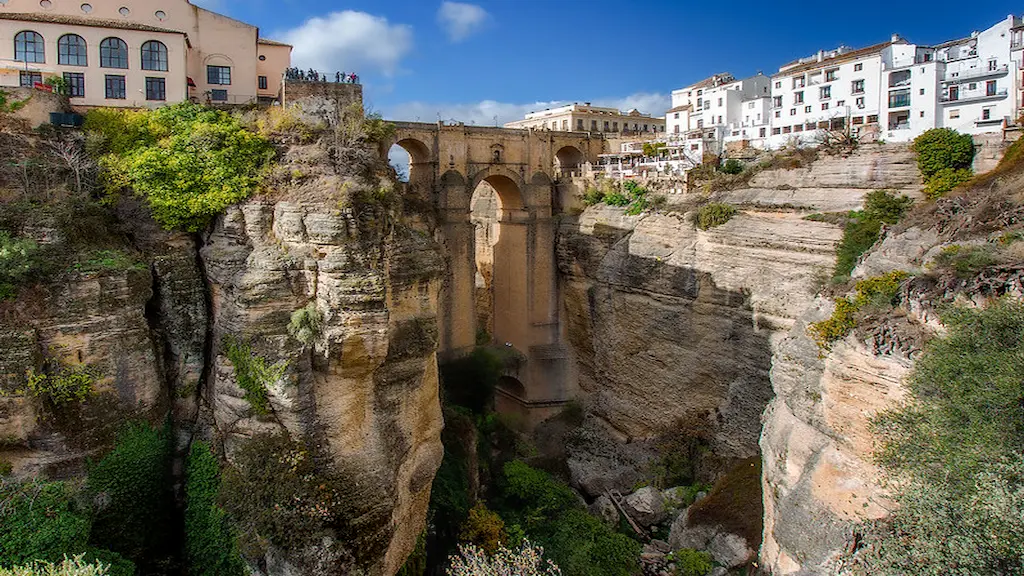
In the arid interior of Spain, Ronda is a breathtaking village nestled in the mountains. Ronda is the cradle of bullfighting and has the oldest bullring in Spain. It is especially in Ronda that one comes to take a full sight with this emblematic bridge of 98 meters in height which spans vertiginous throats of a depth of 170 meters. In the old part of town, overlooking the cliffs also dotted with white houses, you will spend a pleasant moment surrounded by Andalusian architecture and orange trees in the middle of the city.
- What to see in Ronda
The Ronda bullring, the Ronda viewpoint and its breathtaking view, the Puente Nuevo, the Palacio del Rey Moro, and the Mina.
- Access to Ronda
100 km northwest of Malaga.
2- Mijas
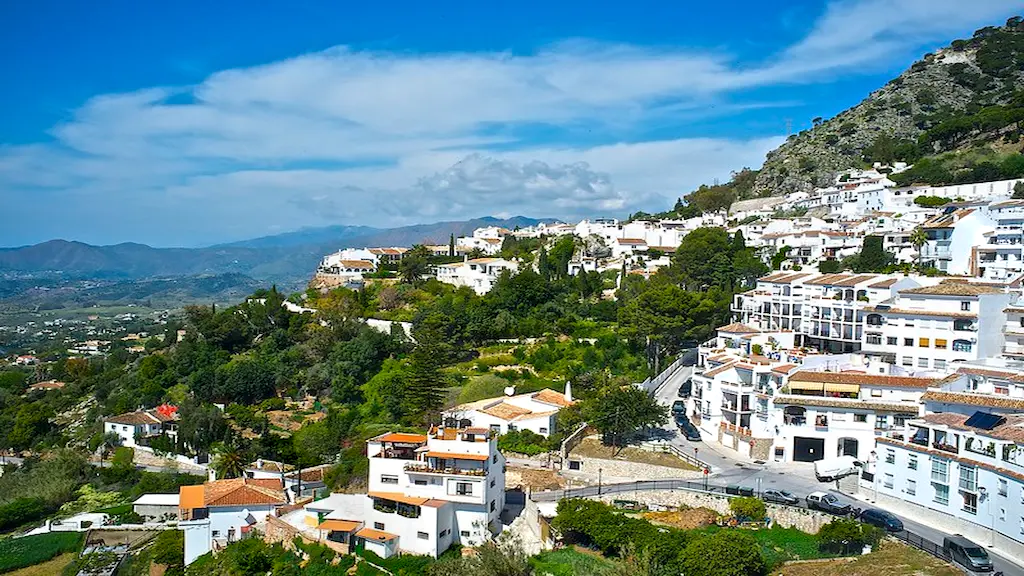
It is surely the most famous of the Andalusian villages. Mijas is located in the province of Malaga, a few kilometers from the sea. You will instantly fall under the spell of its immaculate white houses, its small streets decorated with blue flowerpots, its exotic plants, and flowerpots at every corner.
Mijas is more than a village in the strict sense of the word, as it is home to nearly 80,000 inhabitants, mainly in its coastal area. However, it is its unique historical center that attracts all the attention with its small cobbled streets from the top of which the sea sometimes appears.
- To see in Mijas
The church of the Immaculate Conception, the oval Plaza de Toros bullring, and the viewpoint of the La Muralla promenade.
- Access to Mijas
35 minutes drive south of Malaga, between Marbella and Torremolinos.
3- Frigiliana
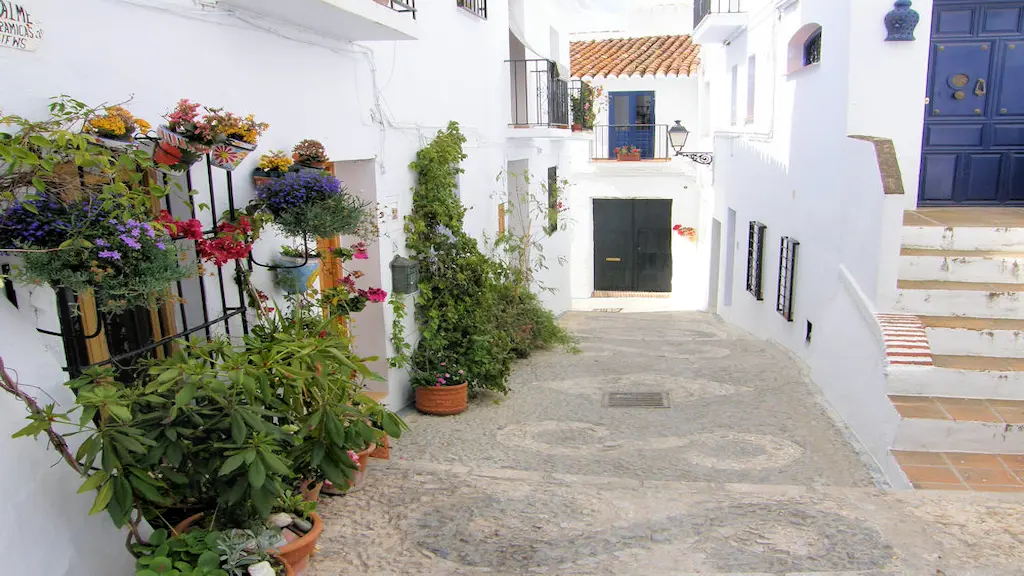
Another white village not to be missed is Frigiliana in the Parque aturel de las Sierras de Almijara, Tejeda and Alhama. You will enjoy walking through the narrow and lively streets, the little secret passages, around the flowered squares, and the bright white houses of the historical center of Barribarto. A hike leads to the top of El Fuerte hill from where the view of the whole village and the coastline on the horizon will leave you breathless.
- What to see in Frigiliana
La Axarquía archaeological museum, San Antonio church, Santa Fiora botanical garden, Frigiliana 3 Culturas festival in August which celebrates the multicultural heritage of Spain…
- Access to Frigiliana
58 km east of Malaga. 100 km south of Granada.
4- Zuheros
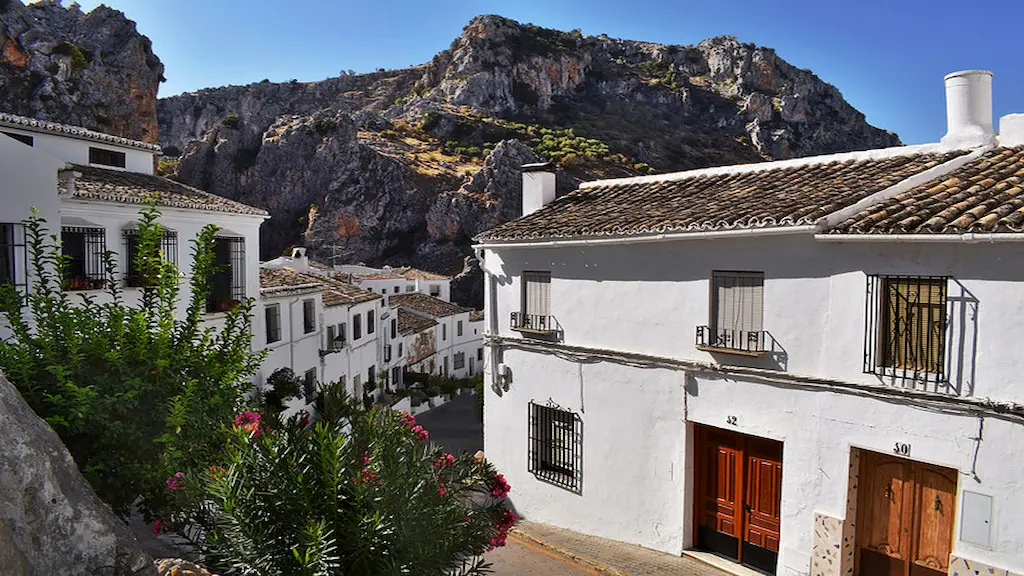
The village of Zuheros is a small and picturesque village worth visiting. It is located at 620 meters above sea level in the Natural Park of the Sierras Subbéticas de Córdoba, in the province of Cordoba.
Stroll through its steep streets, between the whitewashed houses with balconies full of flowers, take a cool break in the shade of an olive tree or under the porch of the church of Los Remedios… Zuheros has the charm of these old Andalusian villages that descend the slopes of a rocky peak. The only survivor from the Arab era is the old castle El Castillo Surayra from the 9th century, whose ruins dominate the top of the village.
- To see in Zuheros
El Castillo de Zuheros and its panoramic view + the archaeological museum of Zuheros in front of the castle, the Iglesia de los Remedios built over the old mosque, the Cueva de los Murciélagos (bat cave)…
- Access to Zuheros
82 km southeast of Córdoba. 106 km northwest of Granada.
5- Zahara de la Sierra
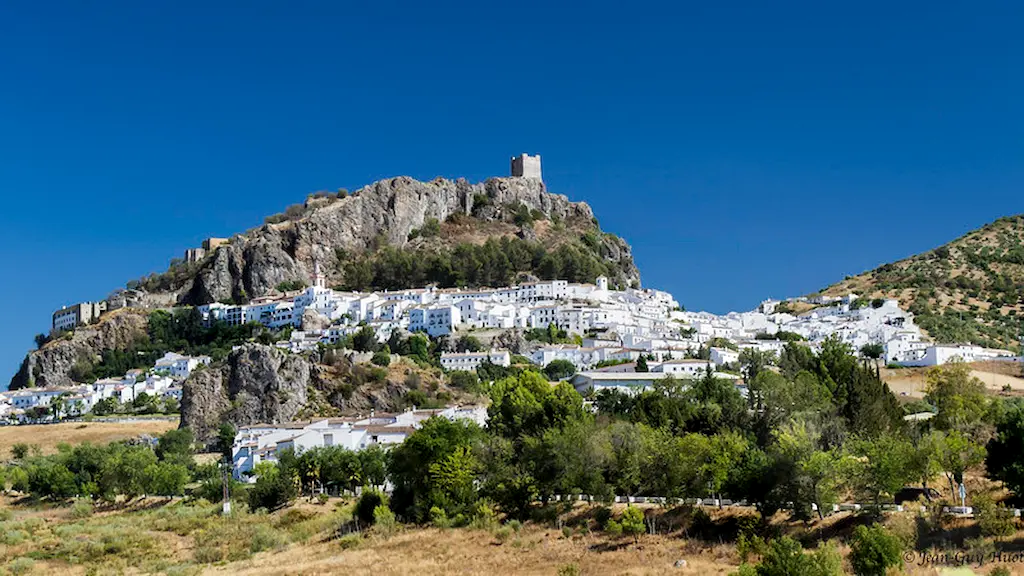
In the heart of the Sierra de Grazalema National Park, in the province of Cádiz, the white village of Zahara de la Sierra rises to 600 meters above sea level on its rocky spur. The village and its houses are built on an ancient Muslim stronghold, a fortress of which only the remains of a 15th-century tower remain. Climbing to the top and admiring the view of the mountains and the turquoise waters of Lake Zahara El Gastor is the ultimate reward when you come to discover this magnificent “pueblo blanco”, a little isolated but preserved from the crowd of tourists.
- To see in Zahara de la Sierra
The baroque church of Santa Maria de la Mesa and its roof are decorated with blue and white tiles, the Moorish castle and its incredible view, the alleys with lemon and orange trees planted on the sidewalks.
- Access to Zahara de la Sierra
36 km from Ronda. 100 km from Seville.
6- Ubrique
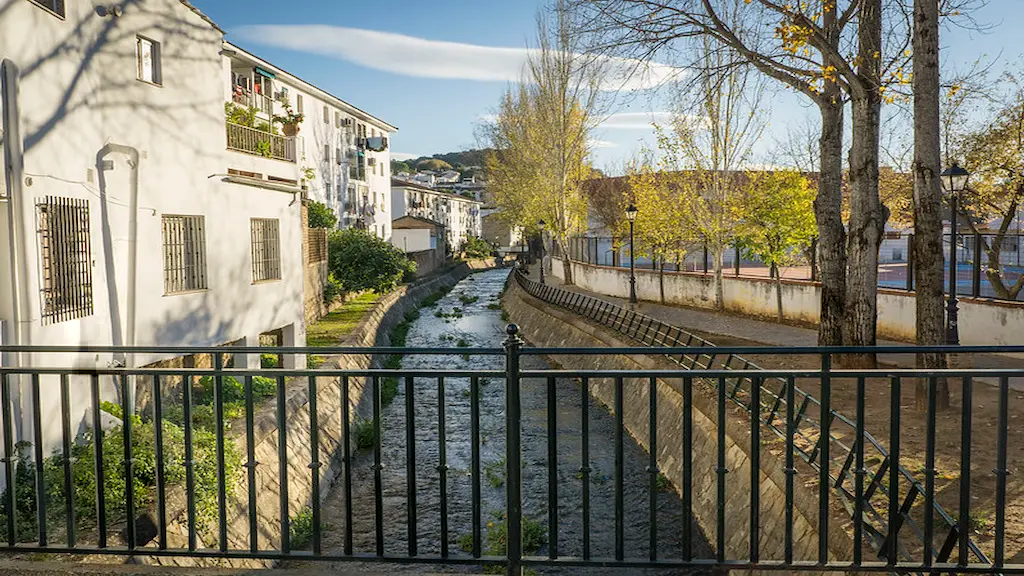
Tucked away at the foot of the mountains, the small village of Ubrique is known as much for its picturesque architecture as for its ancient tradition in leather goods. Here, the leather goods of the great luxury brands are made. Dior, Cartier, Chanel… A quarter of the Spanish leather goods come out of the workshops in Ubrique. Moreover, the most beautiful and ancient creations are exhibited in the leather museum in the heart of an old baroque convent. A visit to Ubrique promises to be fascinating.
Cobbled streets, bougainvillea climbing along the white walls of the houses… Ubrique has the charm of the southern Spanish villages.
- To see in Ubrique
The leather museum of Ubrique (museo de la piel) in the Capuchin convent (17th century), the church of San Antonio, the Plaza de Espana and its beautiful mosaic facades, El Museo Taurino de Ubrique…
- Access to Ubrique
50 km from Ronda. 105 km east of Cadiz.
7- Casares
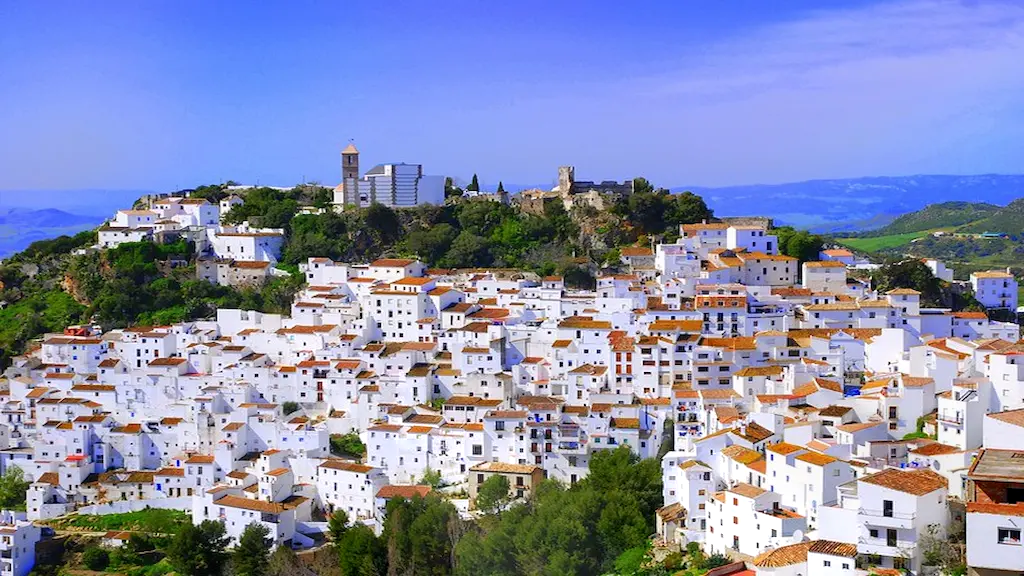
Clinging to a hill, the village of Casares is one of the must-see sites in Andalusia. Located between the mountains of Ronda and the Costa del Sol, this traditional white village is one of the most beautiful in Spain, which is why it was classified as a historical site in 1978. In addition to the white houses on the mountainside, Casares has historical treasures such as the ruins of an ancient Arab castle. This castle overlooks the village and the hills stretching to the Bay of Algeciras and the Rock of Gibraltar in the distance. There is also the house where Blas Infante was born, a writer and politician, very important in the Andalusian culture and identity.
- To see in Casares :
The Casares Castle and its breathtaking view from the Serranía de Ronda to the Bay of Algeciras and the African coast, the Museum of Ethnohistory, the Nuestra Señora de la Encarnación Church, the Santa Catalina Convent from the 16th century, the Ballesteros Caves…
- Access to Casares
26 km northeast of Estepona on the Costa del Sol. 103 km west of Málaga.
Also, Read: Parc Guell our Tips For a successful Visit

